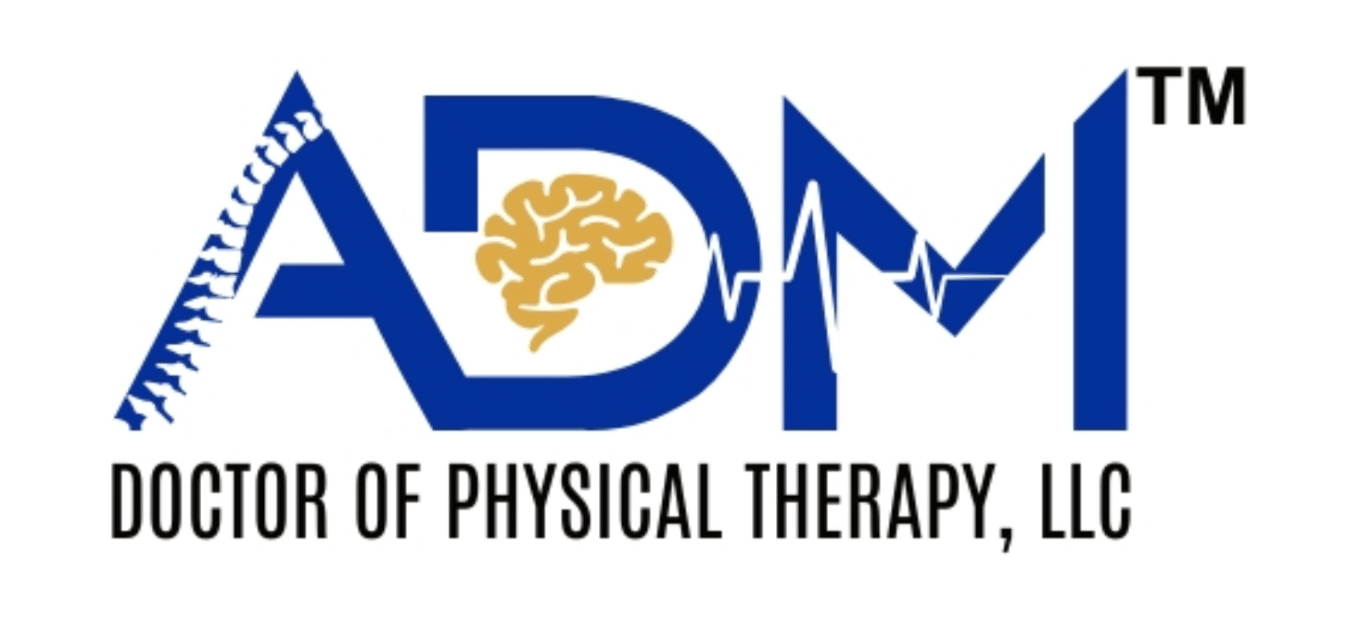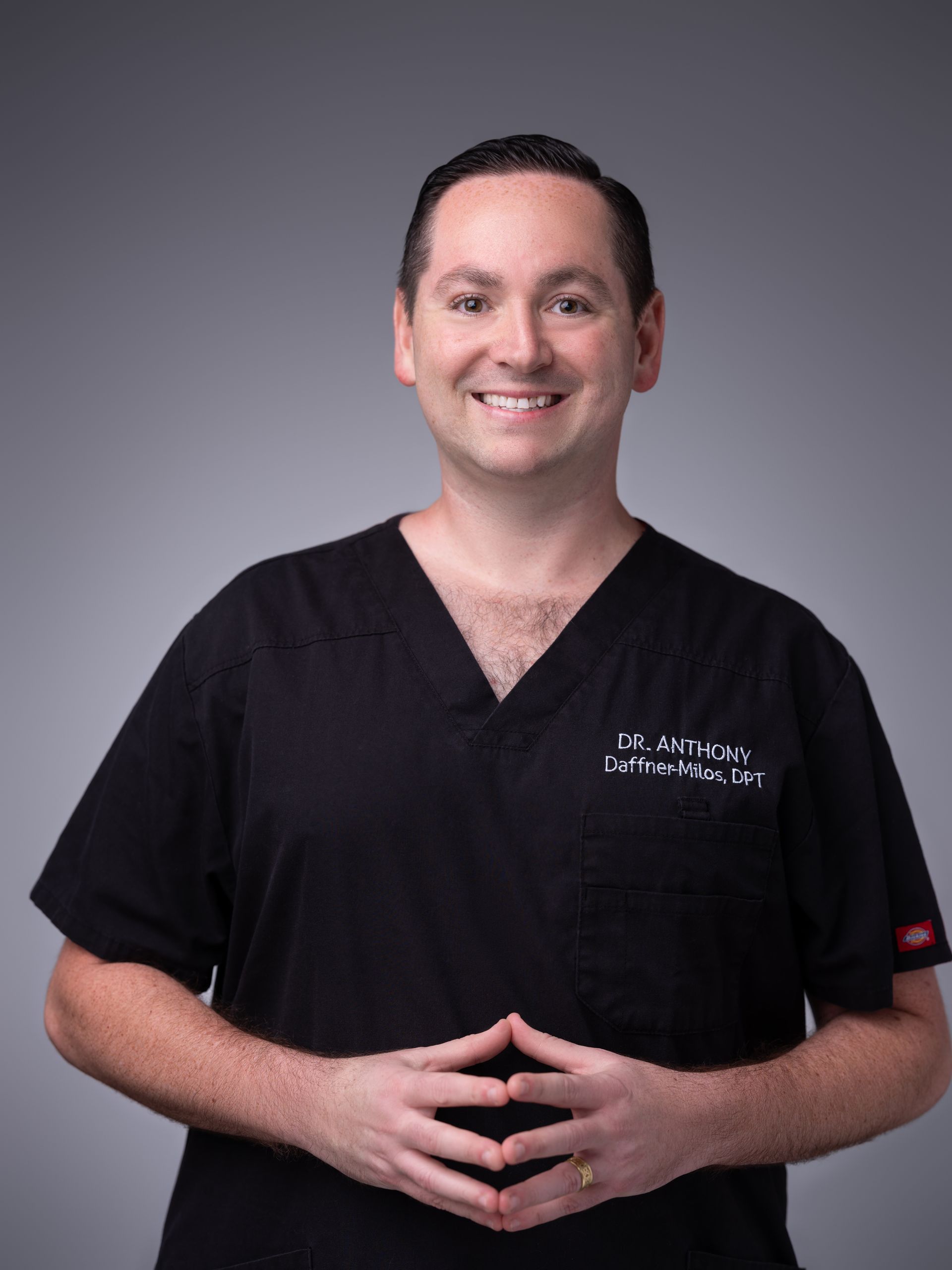Understanding The System of Mechanical Diagnosis and Therapy® (MDT) Training
Understanding The System of Mechanical Diagnosis and Therapy® (MDT) Training
Courses A through E, Credentialling, and the Diploma
An Audiovisual Introduction: Rapidly reversible shoulder pain and restricted movement: https://www.youtube.com/watch?v=HTNfvdqZRIo
** It is important to note that the clinician trained in Mechanical Diagnosis and Therapy® (MDT) is skilled in determining when it is appropriate for a patient to perform specific shoulder movements, and when it is not. These movements are not chosen at random, nor are they applied uniformly to every patient. Instead, they are guided by the patient’s history and clinical presentation.
What is MDT?
Mechanical Diagnosis and Therapy® (MDT) is a system utilized by the clinician to ask a series of questions, empower patients to actively participate in their recovery through specific exercises and postural strategies. MDT provides an evidence-based, self-management approach to treating musculoskeletal issues involving the spine and the extremities (shoulders to hands and hips to feet). MDT training is available in stages, progressing from introductory courses to advanced certifications.
Structure of MDT Education and Training (I-III)
Parts A through E series is the starting point for clinicians interested in incorporating MDT into their clinical practice. These postgraduate education courses are designed to build foundational and advanced knowledge of MDT.
1. Part A: The Lumbar Spine (28 hours)
1.1. Introduction to MDT principles, focusing on the lower back.
1.2. Clinicians learn basic assessment and treatment strategies.
2. Part B: The Cervical and Thoracic Spine (28 hours)
2.1. Expands on Part A, with a focus on the neck and upper back.
3. Part C: Advanced Lumbar Spine & Lower Extremities (28 hours)
3.1. Builds on the skills from Part A, with deeper dives into lumbar spine disorders and symptoms of the legs/feet.
4. Part D: Advanced Cervical & Thoracic Spine & Upper Extremities (28 hours)
4.1. Expands on Part B with advanced assessment techniques and treatment strategies for the cervical & thoracic spine, and symptoms of the arms/hands.
5. Part E: Advanced Extremities (14 hours)
5.1. Expands on Parts C & D, advanced clinical reasoning for symptoms of the arms and legs.
5.2. Prepares clinicians for credentialing exam.
Who Can Take These Courses?
Healthcare practitioner with at least a bachelor’s degree in the field of study AND current licensure in the state of practice, or registration by the appropriate state or national regulatory organization.
- Physical therapist/Physical therapist assistant
- Chiropractor
- Medical doctor, doctor of osteopathy, nurse practitioners, physician assistant
In some cases:
- Athletic Trainer
- Occupational therapist
- Registered Clinical Exercise Physiologist by the American College of Sports Medicine
II. Credentialed MDT Practitioner (Cert. MDT). There are currently over 5000 qualified in the world since 1990.
Once clinicians complete Parts A through E, they are eligible to sit for the Credentialing Examination (8 hours). The credentialing process includes:
- A written exam that tests theoretical knowledge, case studies, and MDT principles.
- A practical exam to evaluate clinical skills, particularly how well the clinician applies manual techniques on McKenzie Institute faculty members.
- After passing the exam, clinicians earn the title of Credentialed MDT practitioner.
Why is Credentialing Important?
Credentialed MDT practitioners have demonstrated a high level of expertise in MDT, proving they can accurately assess and manage musculoskeletal disorders using MDT principles. This credential ensures patients are receiving safe and effective care from a highly trained clinician.
III. International Diploma in MDT (Dip. MDT). There are currently over 550 qualified in the world since 1990.
The Diploma program is intensive, and requirements include:
- Completion of Parts A through E and pass the Credentialing Exam
- Diploma candidates must also be engaged in active clinical practice and hold registration in their respective country of residence
- A 10-week theoretical course, which covers advanced MDT principles (minimum of 20 hours/week)
- A 9-week clinical residency (minimum 360 hours), where practitioners are supervised by a qualified McKenzie clinician, who determines proficiency over a series of formal and continuous assessments.
- Final Examination. The exam is conducted over two days. The structure comprises four exams of 60-75 minutes duration (three simulated clinical exams and one oral exam). Candidates are required to achieve a Pass in each of the four exams.
What Makes Diploma in MDT Different?
Clinicians achieving Diploma in MDT are experts in the McKenzie system and qualified to assess and treat patients with high medical complexity. Clinicians with the diploma in MDT are well-versed in the research, may be conducting research studies, teaching and often mentoring others in the MDT community.
The Advantages of MDT Training for Patients and the Community
Each level of MDT training brings unique benefits to both patients and the broader healthcare community:
For Patients:
- Parts A through E: Patients benefit from clinicians who are well-trained in MDT principles, leading to improved self-management and reduced reliance on medications or passive treatments such as ultrasound, electrical stimulation.
- Credentialed MDT Practitioners: These clinicians can provide precise diagnoses and personalized treatment plans, giving patients confidence that their care is in expert hands.
- Diploma MDT Practitioners: For patients with complex or chronic conditions, a Diploma-trained clinician offers advanced expertise and is qualified to effectively manage complex cases.
For the Healthcare Community:
- MDT training promotes cost-effective care, reducing the need for costly imaging and surgeries.
- It supports the empowerment of patients to manage their conditions long-term, fostering a culture of prevention and self-care.
- The McKenzie Method® has been scientifically validated and is used globally, meaning clinicians with MDT training are offering evidence-based care.
Why Choose a McKenzie-trained Clinician?
By choosing a clinician who is credentialed or holds the diploma in MDT, patients can feel assured they are getting the highest level of care, guided by principles that are scientifically supported and internationally recognized.
Conclusion
Whether you're a patient seeking the best care for musculoskeletal pain or a healthcare provider interested in integrating MDT into your practice, understanding the different levels of MDT training is crucial. From foundational courses to the highest level of expertise with the Diploma in MDT, each training level ensures that clinicians are prepared to provide safe, effective, and empowering care to their patients.
For patients and clients, consider looking for a Credentialed MDT Practitioner or a Diploma-trained clinician to get the highest quality care available. Enter your state or zip code on the following link to seek clinicians in your area:
For those that reside in the United States: https://www.mckenzieinstituteusa.org/disclaimerTherapist.cfm.
For those that reside outside of the United States: https://mckenzieinstitute.org/patients/find-a-clinician/.
For healthcare providers, consider pursuing MDT training to enhance clinical skills, improve patient education, and promote effective recovery and prevention strategies.
Take away messages from Anthony Daffner-Milos, DPT, Dip. MDT
Before scheduling physical therapy, consider asking the clinician about their professional experience, years of training, type of training, and their approach to determine how they will help you. Should you have additional questions, please do not hesitate to contact your provider.
Speaking for myself, obtaining the diploma in Mechanical Diagnosis and Therapy (Dip. MDT) has transformed my clinical practice. The educational experience has enabled me to ask the proper series of questions, actively listen to patients and clients, accurately identify the underlying problem, and teach effective self-management strategies to help prevent recurrence of symptoms.
References for this weblog
https://mckenzieinstitute.org/patients/
https://www.mckenzieinstituteusa.org/method-patients.cfm
Evidence for Mechanical Diagnosis and Therapy
https://mckenzieinstitute.org/assets/International/Overview-of-Supportive-Studies-Jan-2021-v2.pdf
https://www.mckenzieinstitute.org/clinicians/research-and-resources/reference-list



